

Did you know that the first movie ever streamed over the internet was way back in 1993. It was “Wax or the Discovery of Television Among the Bees”, which became a cult classic right after hitting cinemas. At that time, people did not know what are OTT platforms, but the movie was also streamed online. The only catch was that the tech constraints limited the broadcast to 2 frames per second (as opposed to the 24 frames per second that a normal broadcast would offer).
How videos have grown over the internet is a case study that everyone – from content creators and filmmakers to marketers and businesspeople – explores these days. But what’s more interesting is where this industry is headed towards.
To give you a perspective, Netflix, the world’s largest OTT platform, generated revenues worth $29.69 billion in 2021. This is more than the GDP of 112 countries recognized by the World Bank. The Disney franchise – with Disney+, Hulu, and ESPN+ under its fold – now has more than 235.7 million subscribers. If it was a country, it would be the s largest. YouTube has 2.6 billion active users. Period.
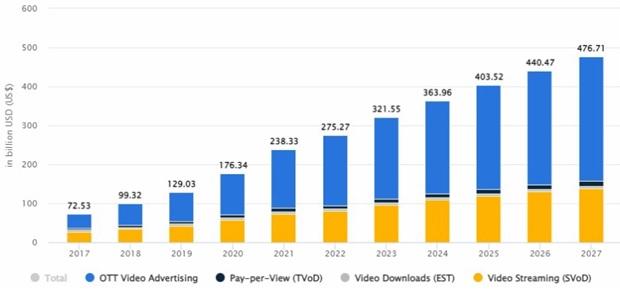
According to Statista, there are 3.37 billion video viewers across the globe today. Another study indicates that the average person watches about 100 minutes of videos online every day. This leads us to a fact and a question. The fact is that people need quality video content, and are ready to pay a premium for it. The question is, “Can you deliver?”
If your answer is yes, then you can not only leave your mark on this burgeoning video universe but also actively shape it with your unique OTT platform. Let’s begin with the basics.
What is OTT platform?
OTT stands for “over-the-top”. It is a method of delivery where content is streamed directly to viewers over the internet, without any involvement from third-party intermediaries like cable or satellite providers. In other words, it is a way to bypass traditional distribution channels.
In general, OTT refers to video services. However, OTT can be any media service that delivers you content over the top. For instance, WhatsApp is a popular OTT messaging service, Skype is an OTT calling service, and Worldwide FM is a popular OTT radio service. The scope of this blog is majorly limited to OTT video services.
The best thing about OTT is that anyone with an active internet connection can be a part of it – there are no strings attached (literally). All you need is a digital device and voila! You can start watching or streaming your favorite shows, movies, sports, etc.
As a content creator, you must have a good OTT service provider that meets your end-to-end streaming needs.

How does OTT work?
Though OTT content delivery seems to be fairly simple at first look, it is quite complicated with a web of moving parts operating in harmony. Its elements include decoders, encoders, integrated receivers/decoders (IRDs), transcoders, internet infrastructure, CDNs, and so forth.
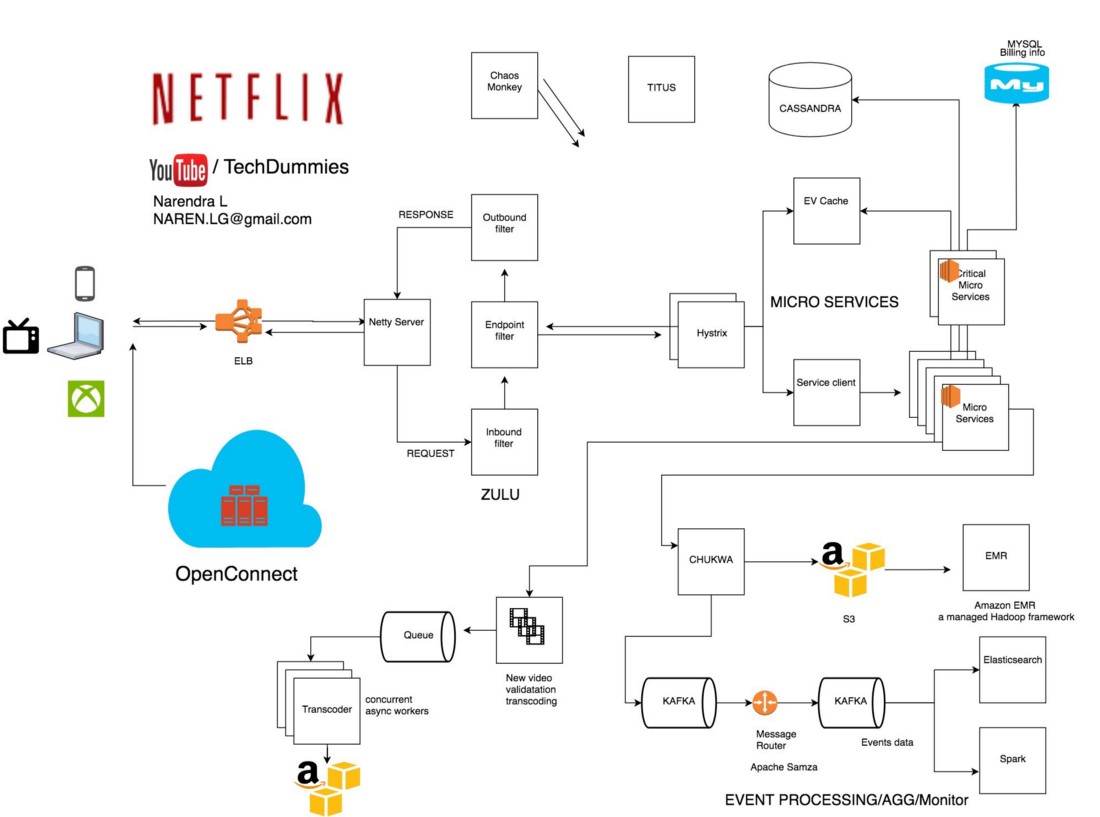
Here’s a quick overview of how it works:
- Content providers create and store digital files.
- These files are then compressed and encoded into a format that can be streamed over the internet (like the H.264 video format).
- The content is uploaded on servers, which could be the provider’s own or a third-party’s.
- A CDN (Content Delivery Network) is used to distribute content across the globe. CDNs minimize latency (or loading time) while preserving the quality of content irrespective of the device used by the end-user. The end-user devices include smartphones, tablets, laptops, desktops, smart TVs, gaming consoles, etc.
- When a user wants to watch something, they send a request to the server via their OTT application, which is then routed through the CDN to their device.
- The CDN shares the video compatible with the requesting device. The video is then decoded on the user’s device and displayed accordingly.
How do OTT platforms earn money?
There are four primary ways in which OTT platforms make money:
- Advertising
This is the most common way for OTT platforms to generate revenue. Advertisements are played either before, during, or after the content. The host platform then shares a percentage of this revenue with the content creators.
- Subscription
In this model, users need to pay a monthly/yearly fee to access premium content on the platform. Netflix and Amazon Prime Video use this method exclusively while YouTube uses both advertising and subscription-based models side by side.
- Transactional Videos
Some platforms also enable people to rent or buy video content for a limited period or a lifetime. Edtech platforms like Coursera and Udemy use this model to sell their courses.
- Sponsorship
In this case, a brand pays the OTT platform to have its product/service featured in the content or as part of the user interface. For example, a sports equipment company can sponsor an entire cricket tournament that’s being streamed live on an OTT platform.
What are the benefits of building your own OTT platform?
Here are some key advantages of building your own OTT platform:
- Increased Reach and Engagement
With an OTT platform, you can reach out to a global audience with just a few clicks. This increased reach also leads to higher engagement as people can watch your content anytime, anywhere according to their convenience.
- Greater Monetization Opportunities
An OTT platform gives you more ways to monetize your content as compared to traditional distribution channels like television or cinema halls. You can use any (or all) monetization options available to you to generate revenues from your platform.
- Improved User Experience
OTT platforms offer a personalized user experience with features like recommendations, playlists, and so forth. This encourages people to spend more time on your platform, thereby leading to higher engagement and ROI.
- Increased Control
With an OTT platform, you have complete control over your content. You can decide when to release it, how to price it, and who all can access it.
- Flexibility
An OTT platform gives you the flexibility to experiment with different content formats and genres. You can even live stream events as they happen without any restrictions.
How much does it cost to launch an OTT platform?
The cost of launching an OTT platform depends on a number of factors like the type of platform (live streaming or on-demand), features required, scalability needed, etc. Generally speaking, the cost ranges anywhere between $5000-$1 million+. However, if you want a ballpark estimate for your specific requirements, get in touch with us and we’d be happy to help! With Teyuto's OTT channel builder, you can create your own OTT platform for as little as €29 per month. The best part is that unlike a typical revenue share OTT channel builder, Teyuto charges 0% commission for your memberships and donations. Your hard earned money is yours to keep!
How to create OTT platform with an OTT platform provider?
Now that you know everything about OTT platforms, it’s time to learn how you can create one of your own. Here’s a quick overview of the process:
- Define Your Objective
The first step is to define your objective or the reason behind launching your OTT platform. What kind of content do you want to offer? Who is your target audience? What are your monetization goals? Once you have answers to these questions, you’ll be in a better position to move forward.
- Choose Your Tech Stack
The next step is to choose the right technology stack for your platform. This includes selecting the right video CMS, streaming protocol, content delivery network (CDN), media server, analytics tools, etc. Depending on your budget and specific requirements, with Teyuto, you can either go for the off-the-shelf solution or develop a custom OTT platform from scratch. Register for a free trial now.
- Design Your Platform
Once you have the technical aspects sorted out, it’s time to focus on the design of your platform. This includes everything from the user interface (UI) and user experience (UX) to branding and marketing collaterals like logos, website design, social media posts, etc. Make sure that your platform is able to offer a seamless user experience across all devices and platforms. Use Teyuto's drag-and-drop channel builder that empowers you to create a stunning platform with granular control of the look and feel of your platform, including how you want your video player to look.
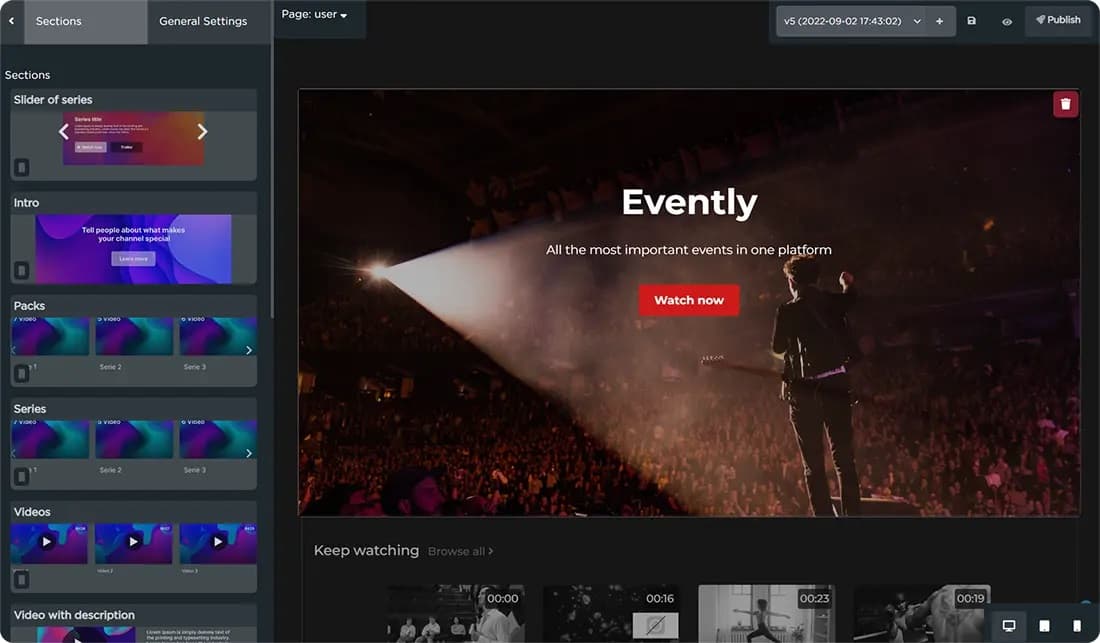
- Launch Your Platform
After taking care of all the nitty-gritty, it’s finally time to launch your much-awaited OTT platform! Make sure to promote it well so that people are aware of its existence and what it has to offer. You can use various digital marketing channels like social media marketing (SMM), search engine optimization (SEO), email marketing, etc., for this purpose.
- Measure Performance with Reports and Analytics
The last step is to track and measure the performance of your platform with the help of reports and analytics tools. Teyuto gives you valuable insights into areas like user engagement, content consumption patterns, time spent, cart abandonment, and other parameters that help you make an informed decision. Based on these findings, you can further improve your platform to better suit the needs and preferences of your target audience.
Examples of OTT services
It’s always a good idea to draw inspiration from existing platforms before coming up with your own. This way, you can know their strengths and weaknesses, and how to develop your unique OTT idea such that it breaks through the clutter. It’s also important to know which niche you want to cater to. So, here are different examples of OTT services to help you with it.
- Live Streaming Platforms
Live streaming platforms let users watch live content in real-time. It could be anything – a concert, sports event, breaking news bulletin, church service, live streamed games, etc. Popular examples include StreamYard, Twitch, and Restream.
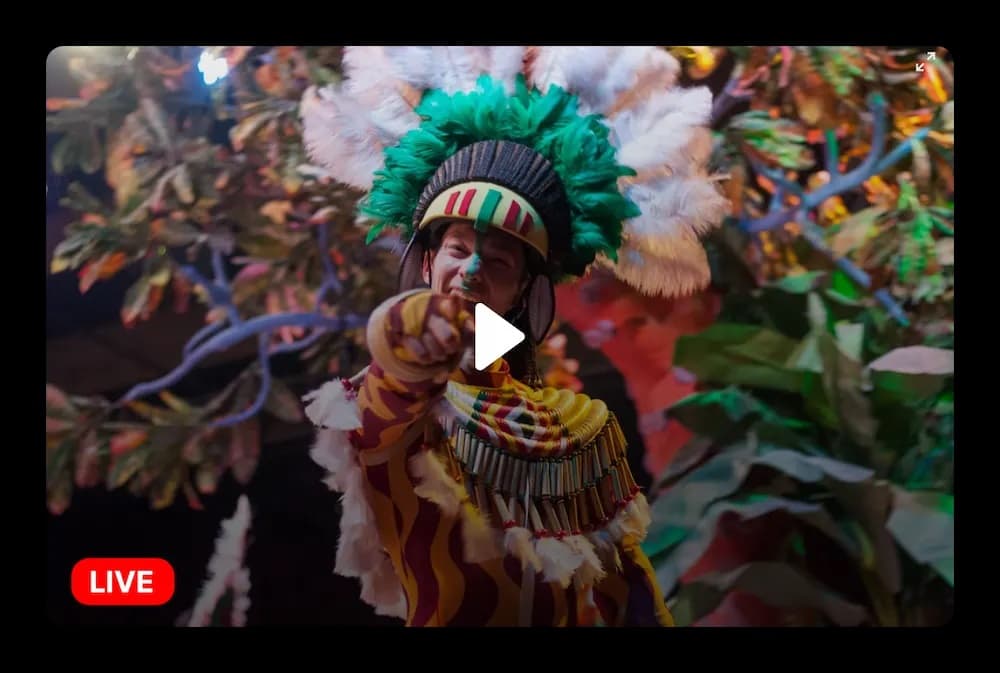
There are two major categories of live streaming, i.e. one-to-many live streaming and many-to-many live streaming.
- One-to-many live streaming
As the name implies, one-to-many live streaming platforms empower users to broadcast their video feed in real time. This video feed may either involve a pre-recorded video that is streamed at a specific moment or can be recorded and streamed live. Some of the major OTT platform example for live streaming platforms are as follows:
Twitch is one of the most popular one-to-many live streaming platforms. It has carved a niche in video game live streaming, esports competitions, creative content, music broadcast, and real-life streaming.
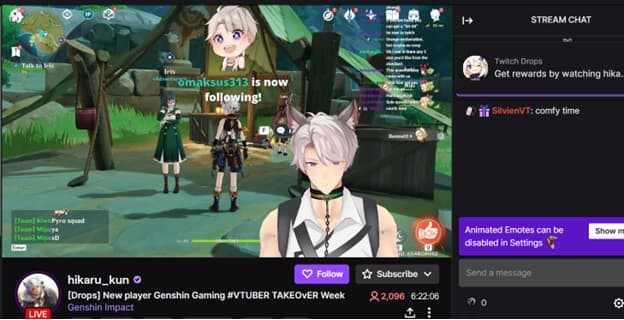
StreamYard is a leading in-browser streaming platform. It not only minimizes broadcasters’ requirements to get going with streaming but also ensures that they can multistream across many platforms including YouTube, Facebook, LinkedIn, Twitter, and more. The platform can further integrate incoming video streams from multiple users and combine them into a single live feed – a form of many-to-many live streaming.
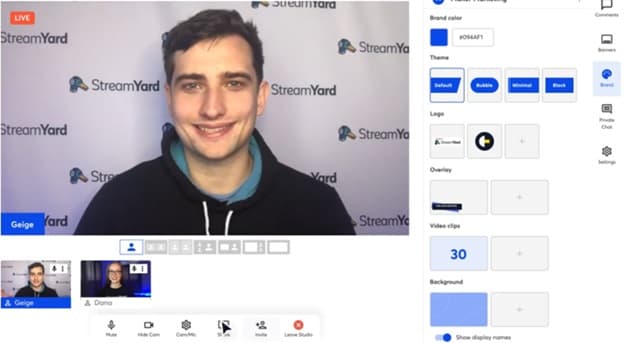
- Many-to-many live streaming
While one-to-many live streaming streams a video from a single source to multiple end-users, many-to-many live streaming involves multiple concurrent live streams. Teleconferencing is a prime example of many-to-many interactions. Many-to-many live streaming platforms aren’t generally considered an OTT platform but OTT video conferencing solutions. Some of their examples include
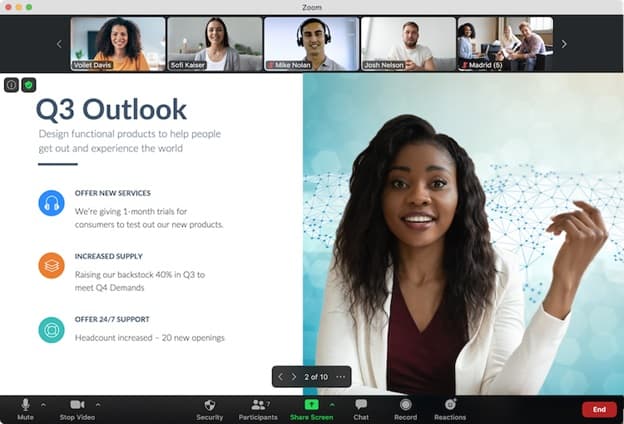
Zoom is a leading video conferencing software application. It has extensive use cases and comes loaded with features such as whiteboards, screen sharing, comments, immersive view, screen recording, third-party app integrations, and admin controls to name a few.
Google Meet is a freemium video conferencing solution developed by Google. It is popular for instant meetings and webinars, and also because it’s fairly easy to join via a video link (rather than downloaded software using Zoom). The calls can further go on for 24 hours and provide extensive functionalities including Q&A, live polls, background blur, whiteboards, screen sharing, and more.
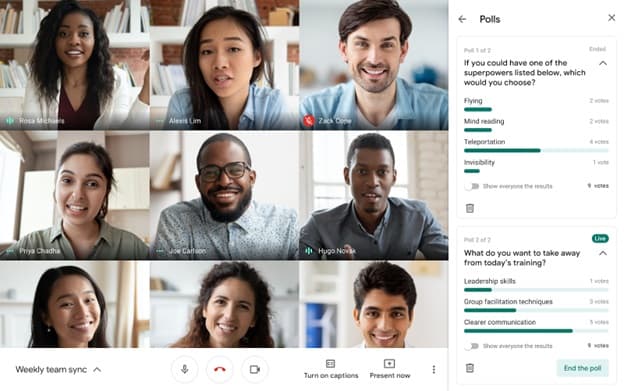
- Video-On-Demand (VOD) Platforms
As the name suggests, VOD platforms offer pre-recorded content that can be watched anytime, anywhere. These platforms give users the power to control what they want to watch and when they want to watch it. YouTube, Netflix, and Amazon Prime Video are some of the most popular on-demand platforms out there.
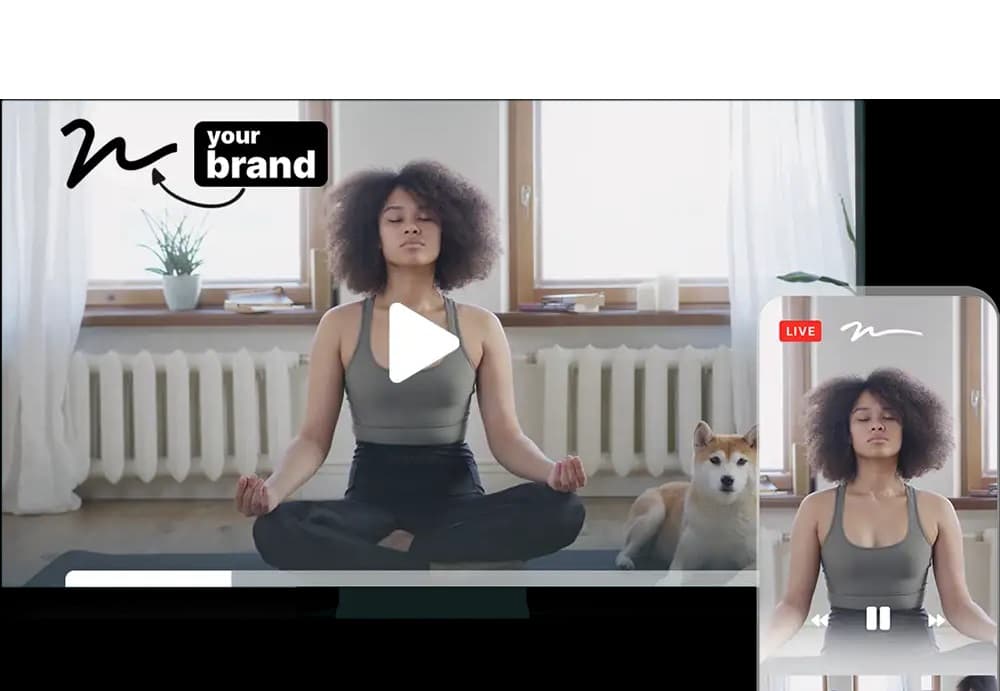
This category is divided into four subcategories.
- Subscription Video On Demand
The streaming service charges its customers a monthly or annual subscription fee to extend curated video content. This could be any video content including movies, web series, live sports, or anything else. Here are a couple of examples of SVOD platforms.
Netflix is the largest OTT platform with over 220 million paid subscribers. The platform not only has exclusive rights to popular movies and TV shows such as Money Heist and Fauda but it also features several critically acclaimed original masterpieces such as Beasts of No Nation, Icarus, and more.
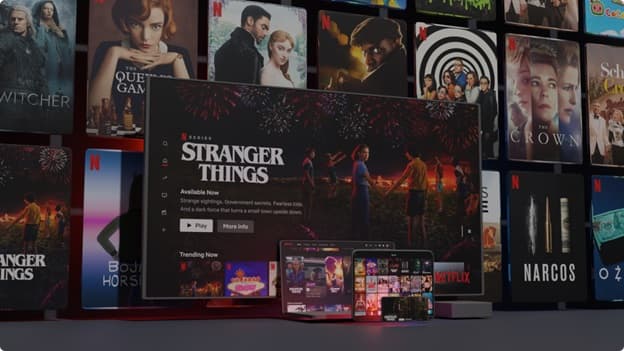
Unlike linear sports TV channels, DAZN is a global OTT sports entertainment platform whose niche is in boxing and related content. The service is available across over 200 countries and also enables business enterprises (such as bars, restaurants, offices, etc.) to stream its content via its service DAZN for Business.
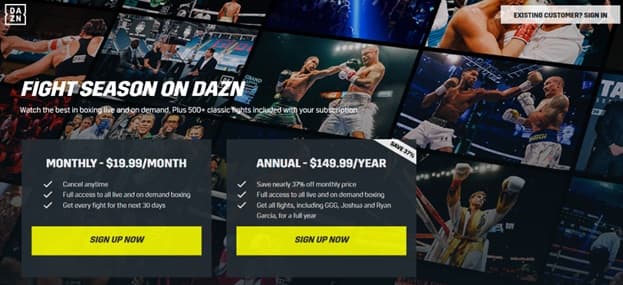
- Advertising-based Video On Demand
Advertising-based video-on-demand services (aka AVOD platforms) empower people to view content with pre-roll, post-roll, and mid-roll advertisements. These platforms are like traditional TV channels with ads in between. However, unlike linear TVs, they give complete control to a user in terms of what they wish to watch. Some of the major examples of AVOD platforms are as follows.
YouTube doesn’t need a mention. The chances are even if you have your own OTT platform, you’d still be making an account on YouTube. It’s because of the sheer number of monthly active users that the platform has. It is known for its user-generated content that can be easily monetized and is now also dabbling into SVOD format with YouTube Premium.
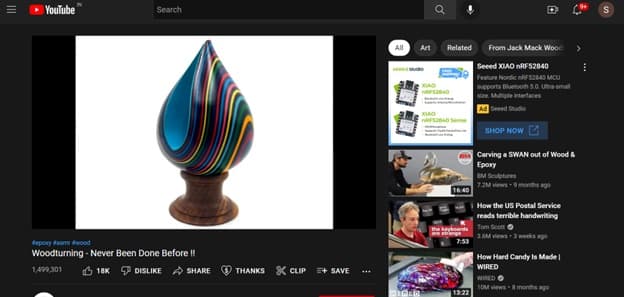
- Transactional Video On Demand
In this type of OTT platform, videos and video series can be bought or rented for a limited period or for a lifetime. The TVOD format builds on the concept of renting or buying CDs and DVDs and works well with movies, musical concerts, creative content, and even educational videos. Some of its examples include the following.
Using Coursera, anyone can access world-class universities and online certification courses and degrees from anywhere. The platform is known for the diversity of its self-paced training material and top-quality educational content that helps people excel in their respective fields.
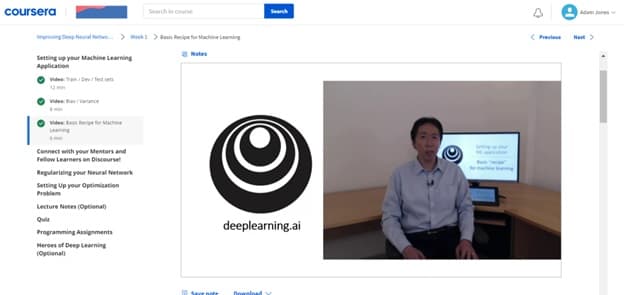
With a focus on music and live entertainment, LiveOne is known for live streaming of music concerts and festivals. Previously known as LiveXLive, the platform gained widespread adoption during the COVID-19 outbreak as people craved entertainment during lockdowns. On top of the music, LiveOne also extends sports and other entertainment content to its users.
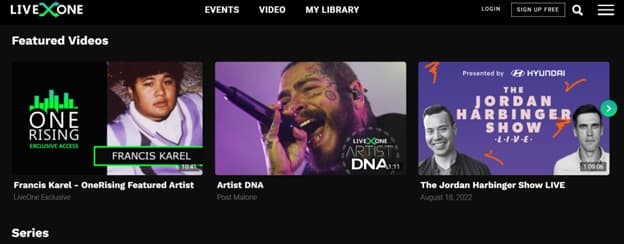
- Social Media Platforms
Social media platforms have also forayed into the world of online videos in a big way with features like Facebook Watch and Instagram Video (previously IGTV). These services let users upload long-form videos and even live stream events as they happen.

- Hybrid Platforms
Hybrid OTT platforms are a mix of live streaming and on-demand content providers. They let users watch both recorded and live content according to their convenience. Sling TV is one such platform that offers both linear (live) channels and on-demand shows/movies side by side.
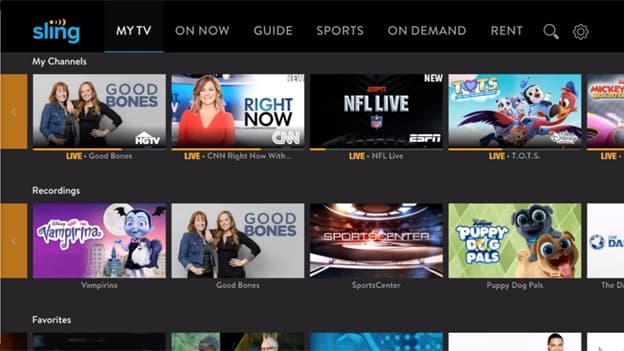
Conclusion
The times are changing. More people are joining the internet with every day that passes. Perhaps, it is giving you the perfect opportunity to create something big, something that has the potential to change the way people consume content. An OTT platform is your best bet to make it big.
Now that you know what are OTT platforms and how to create one, what’s stopping you from taking the plunge?


Enjoyed this read?